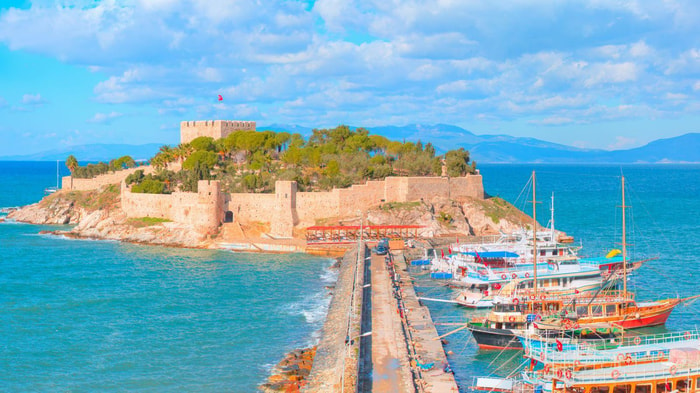Dazzling Doha to Ancient Athens, 14Night Cruise
The Celestyal Journey holds true to what we know works well for our guests. We’ve never been fans of big is best, and the Celestyal Journey continues our philosophy that mid-sized ships are the perfect way to discover the incredible experiences this special region has to offer by visiting all the amazing destinations that the larger vessels can’t.
We’re in love with our new ship and we can’t wait for you to fall in love with her too.
Greek line Celestyal offers the chance to sail around a selection of islands in a handful of days, staying in port longer at popular destinations such as Mykonos and Santorini.
Celestyal's two ships also call at less-visited places including the island of Milos, the Turkish port of Kusadasi - close to the ancient ruins of Ephesus - and Greece's second-biggest city, Thessaloniki, which has a rich Roman and Jewish heritage.








The Celestyal Journey holds true to what we know works well for our guests. We’ve never been fans of big is best, and the Celestyal Journey continues our philosophy that mid-sized ships are the perfect way to discover the incredible experiences this special region has to offer by visiting all the amazing destinations that the larger vessels can’t.
We’re in love with our new ship and we can’t wait for you to fall in love with her too.
